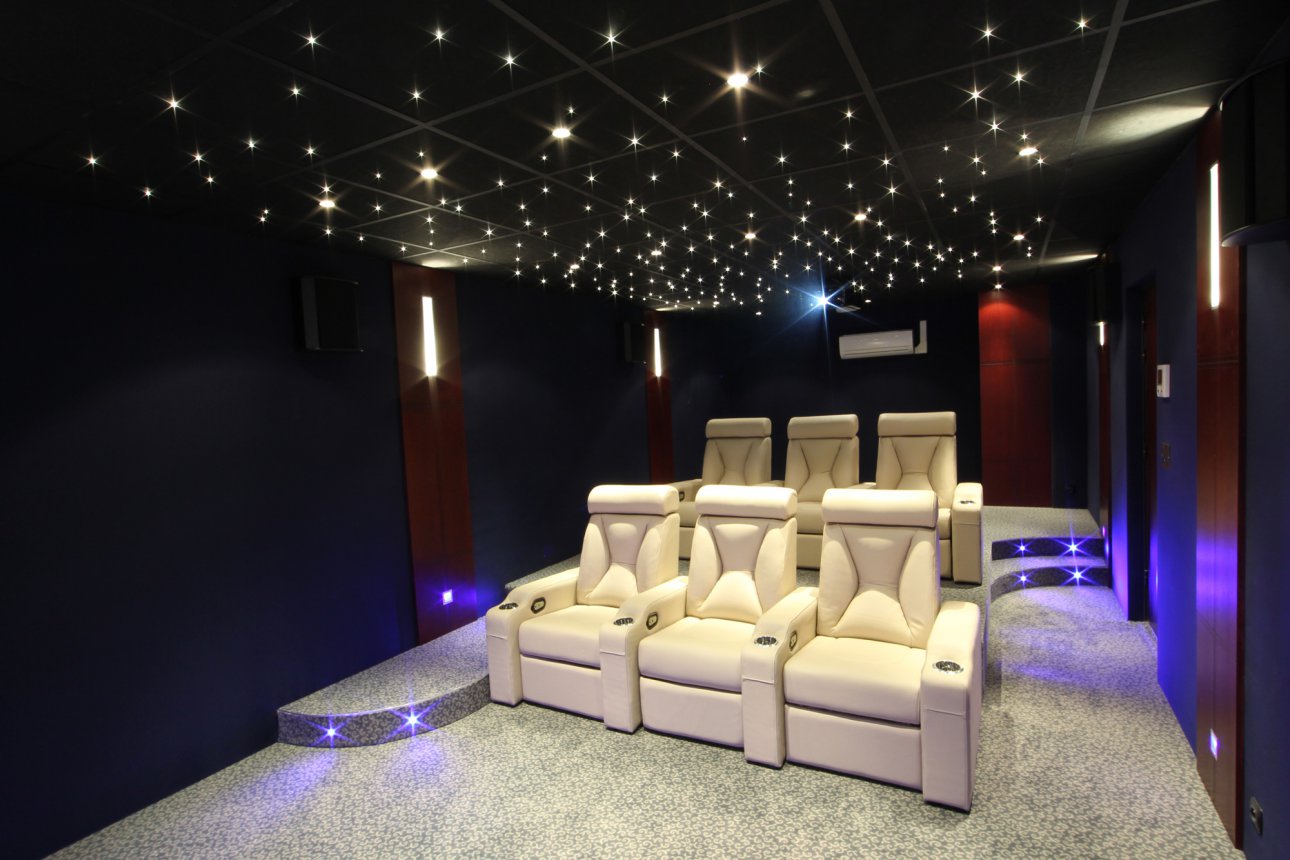Creating a home cinema can be an exciting journey, transforming an ordinary room into a fantastic space where you can enjoy movies, video games, and shows in comfort. For many, it symbolizes not just an investment in technology, but an enhancement of living, offering a distinct way to gather with family and friends. However, the process of home cinema installation requires much more than only purchasing a projector and a sound system. Key elements such as room layout, acoustic treatments, and lighting play critical roles in achieving that ultimate movie-watching experience.
Comprehending the nuances of home cinema setup will guide you in making informed decisions, whether you decide to go the DIY route or enlist professional help. With so many components to consider—from selecting the right projector and sound systems to improving sound quality with acoustic treatments—each aspect contributes significantly to the overall ambiance and functionality of your home theater. In this article, we will explore the importance of acoustic treatments in home cinema installation and why they are necessary for improving your viewing experience.
Key Factors for Personal Cinema Installation
As you developing your home cinema setup, the first move is to analyze the space available. Take into account the space's dimensions, configuration, and existing features. An ideal home theater should have sufficient space for seating, a display, and equipment while ensuring an ideal viewing distance. Ensure that the room can be properly darkened to enhance the visual experience and that there is adequate electrical capacity for your multimedia setup.
Following this, consider the soundproofing that will greatly influence audio quality. Hard surfaces like the walls and the floor can bounce sound waves, causing unwanted echoes and making it achieve clear audio. By incorporating soundproofing materials, rugs, and curtains, you can create a more controlled sound setting, guaranteeing that dialogues and sound effects are rich and immersive. The design of the room should also be adjusted for sound distribution, with seating arranged to form an optimal listening triangle with the speakers.
Finally, don't overlook the value of wiring and cable management. A clean and arranged setup not only looks professional but also enables more accessible maintenance and subsequent upgrades. Devise your hidden wiring strategy thoughtfully to avoid disarray and secure safety. Think about whether Home Cinema Adeyfield Hertfordshire want to invest in hardwired or cordless options for AV connections, as this can affect both installation complexity and system performance.
Deciding Parts for Ideal Performance
Selecting the appropriate components for your home cinema system is vital to attaining optimal performance. Start with the projector, as it's the centerpiece of your cinematic experience. Look for features that support 4K resolutions to ensure vivid image quality and crisp details. Additionally, consider the brightness and dynamic range, as these will dictate how well the projector functions in various lighting conditions. https://articlescad.com/seating-for-home-cinemas-discovering-cozy-seating-for-your-film-experience-52154.html can make a significant difference in the overall experience of your home theater.
Next, focus on your audio system. Surround sound systems are a crucial element in creating an captivating experience. Evaluate the space you have on hand and choose a system that matches. Whether you opt for a compact speaker system or a multi-speaker arrangement, make sure to select components that support HD audio formats. Think about the location of speakers and room sound characteristics, as these considerations will impact how sound flows and occupies the space, enhancing the realism of what you watch and listen to.
Finally, think about the arrangements of seats and additional accessories that support a true cinema experience. Comfortable seating is essential for long movie nights; look for recliners or cinema chairs that provide excellent support and visual access to the screen. Add audio enhancements, such as sound-absorbing panels or bass traps, to further optimize audio clarity. By thoughtfully choosing each component and arranging them with attention to detail, you can create a home cinema that matches the commercial experience.
Improving the Home Theatre Encounter
To actually boost your personal cinema encounter, acoustic treatments serve a key role in improving audio quality. By controlling audio echoes and reducing reverberations, these solutions produce a more captivating audio environment. Common solutions include sound panels, bass traps, and noise-reduction materials that can be carefully arranged to improve clarity and richness of the audio. Investing in proper sound solutions can considerably boost the overall watching experience by guaranteeing that dialogue is clear and sound effects are impactful.
In parallel to audio fidelity, illumination can significantly influence the mood of your personal cinema. Variable lighting enables you to establish the perfect ambiance, whether you're putting on a movie night or enjoying a peaceful film by yourself. Modulatable lights or smart illumination systems can be configured to modify intensity based on the type of film being watched. This blend of sound and illumination not only improves your watching but also helps set the tone, making each movie feel like an event.
Finally, seating choices are fundamental to ease and enjoyment during long movie sessions. Investing in high-quality, ergonomic seating will make a notable impact. Options such as recliners offer support and improve the cinematic experience. Additionally, think about the layout of your chairs in relation to the screen to prevent neck strain and make sure that every attendee has an excellent line of sight. By focusing your efforts on audio, illumination, and arrangements, you can convert your home theater into a authentically enticing space.

